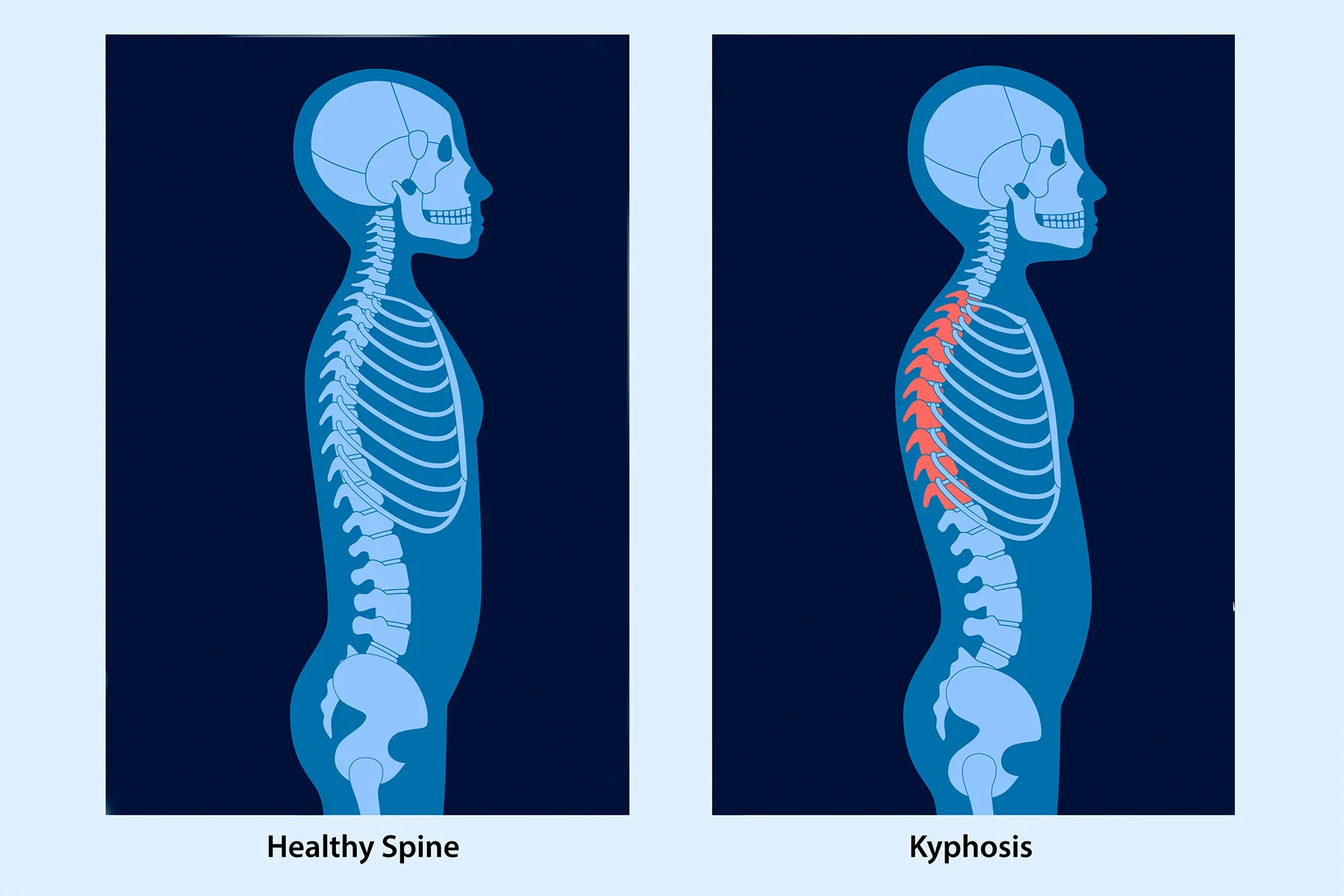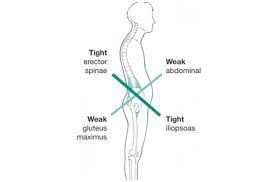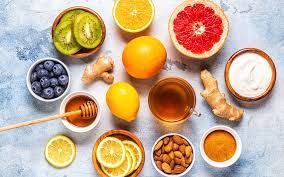6 Things You Didn’t Know About Kyphosis

When you hear the word kyphosis, you might picture someone hunched over with poor posture. But this spinal condition is a lot more interesting—and more common—than most people realize. Kyphosis happens when there’s an exaggerated forward rounding of the upper back. While a little rounding is normal, too much can cause pain, stiffness, and even affect breathing in severe cases. The good news? With the right awareness and care, many people can manage it effectively.
Here are six things you may not have known about kyphosis:
1. Not All Kyphosis Is the Same
Kyphosis isn’t one-size-fits-all. In fact, there are different types:
- Postural kyphosis – The most common type, usually seen in teenagers and young adults who spend a lot of time slouching. It’s often flexible, meaning it can improve when you straighten up or strengthen your back muscles.
- Scheuermann’s kyphosis – A structural curve caused by wedge-shaped vertebrae that develop during growth. This type tends to be more rigid and may cause pain.
- Congenital kyphosis – Present at birth, this form develops when the spinal column doesn’t form properly. It often requires medical management early in life.
- Age-related kyphosis – Seen more in older adults, often due to osteoporosis, spinal fractures, or disc degeneration.
So, if you or someone you know has been told they have kyphosis, the type matters—it determines what kind of treatment and care are most effective.
2. It’s More Common Than You Think
Kyphosis sounds like a rare diagnosis, but it’s actually quite common. Mild rounding in the upper back is something many people have, especially as screen time and desk jobs increase. Studies suggest that up to 20–40% of older adults show signs of hyperkyphosis. And while it’s often brushed off as “bad posture,” it can sometimes point to deeper issues like weak back muscles, bone loss, or vertebral fractures.
The key takeaway? If your posture feels off or your upper back has more of a curve than you’d like, you’re definitely not alone.
3. It Can Affect More Than Just Posture
When most people think of kyphosis, they think of appearance—like a slouch or hump. But kyphosis can impact your health in surprising ways:
- Pain & stiffness – The muscles and ligaments around your spine may work overtime to support the curve, leading to soreness.
- Balance & mobility issues – A forward-rounded spine shifts your center of gravity, which may increase fall risk as you age.
- Breathing problems – Severe kyphosis can reduce lung capacity by restricting the chest cavity.
- Digestive issues – Believe it or not, excessive curvature can put pressure on the abdomen, affecting digestion.
It’s not just about how you look standing in the mirror—your spine plays a role in how the rest of your body functions, too.
4. Exercise and Lifestyle Play a Huge Role
The best news about kyphosis? Many cases—especially postural kyphosis—are manageable with movement. Strengthening and stretching exercises can help support your spine and ease discomfort. For example:
- Back extensions – Strengthen the muscles that keep you upright.
- Chest stretches – Open up tight pectoral muscles that contribute to slouching.
- Core exercises – A strong core provides stability to the entire spine.
- Posture awareness – Something as simple as setting a reminder to sit tall at your desk can make a big difference.
Lifestyle changes like choosing supportive seating, adjusting your workstation, and carrying bags evenly on both shoulders can also help. Consistency is key—the spine loves routine care.
5. Chiropractic and Massage Can Help
While exercise and posture go a long way, sometimes you need an extra set of skilled hands. Chiropractic adjustments can help improve joint mobility and reduce tension around the spine, while massage therapy may relieve tight muscles that pull the back forward.
At our office, we often see patients with kyphosis-related discomfort benefit from a care plan that combines these approaches. Chiropractic care helps address the joints and alignment, while massage therapy helps soften tight tissues and improve flexibility. Together, they make a great team to support a healthier spine.
6. It’s Never Too Late to Do Something About It
One of the biggest myths about kyphosis is that once you have it, you’re stuck with it. While structural types like Scheuermann’s or congenital kyphosis may not completely reverse, posture-related kyphosis can improve with the right care. Even in older adults, strengthening exercises, mobility work, and professional treatment can help reduce pain, improve balance, and increase quality of life.
If you’ve noticed your posture getting worse or you’re experiencing discomfort in your upper back, it’s worth getting checked. Early attention is always better than waiting until it limits your daily activities.
Final Thoughts
Kyphosis is more than just a slouch—it’s a condition that affects posture, mobility, and overall well-being. The good news is that with awareness, simple lifestyle adjustments, and professional care, you can take steps toward better spine health.
At Peak Performance, our chiropractors and licensed massage therapists are here to help you stand tall—literally. If you’re concerned about your posture or experiencing back discomfort, schedule an appointment today. Let’s work together to keep your spine moving and feeling its best.
Bethany Wolcott
D’Youville Chiropractic ‘26












